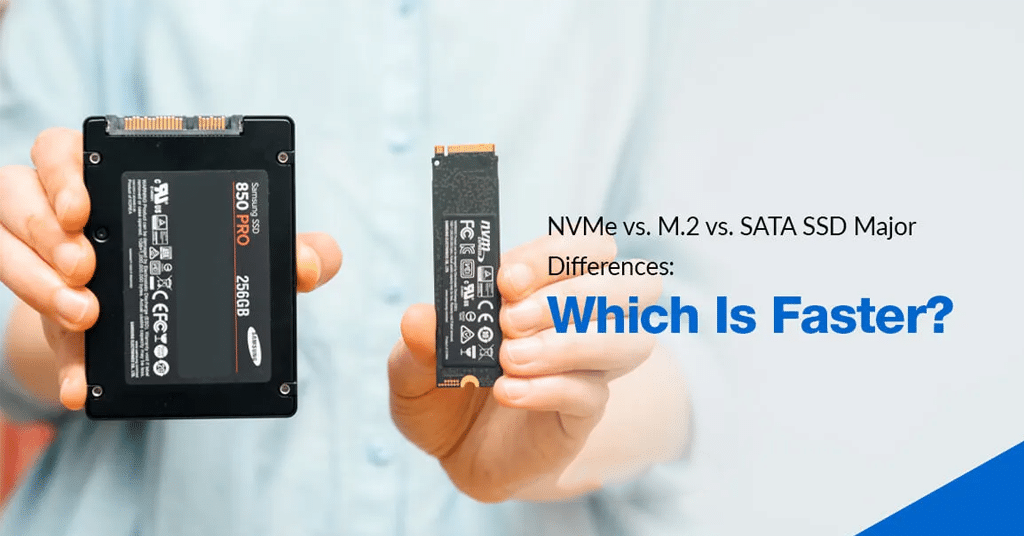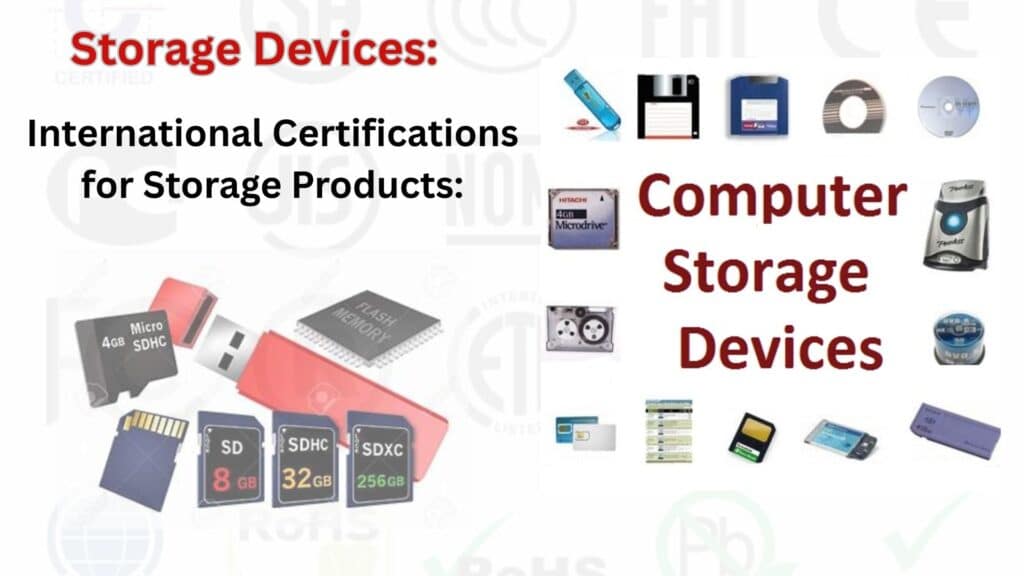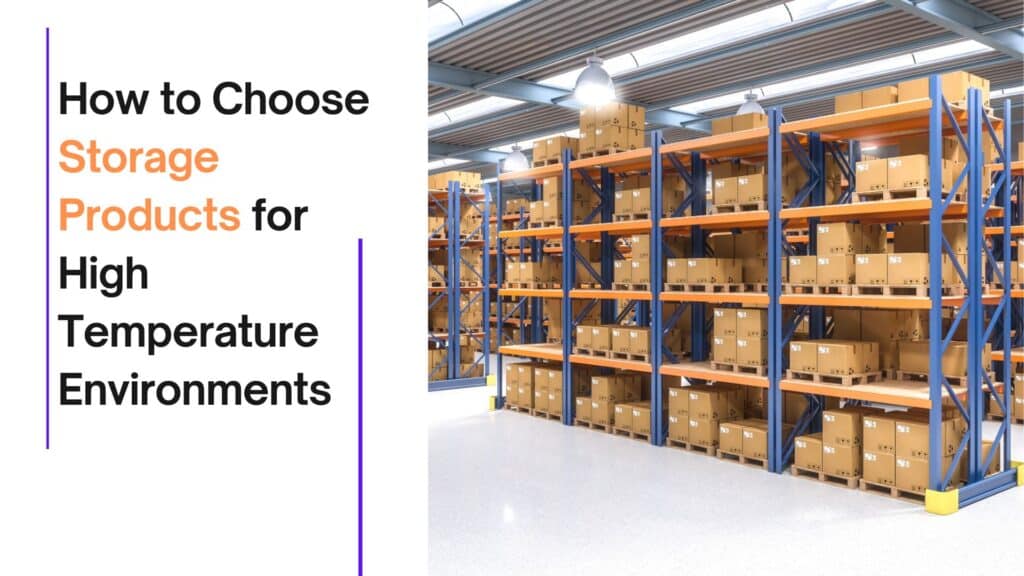NVMe vs. SATA: Key Difference and Evolution in 2025

Introduction:
NVMe vs. SATA the debate between NVMe and SATA SSDs continues to be at the forefront of storage discussions, with both technologies offering distinct advantages depending on the application. While SSDs have quickly gained traction due to their speed and efficiency, SATA SSDs remain popular due to their cost-effectiveness and compatibility with older systems. Understanding the differences between these two interface technologies is key for anyone looking to optimize their storage solutions, whether in enterprise environments or for personal use. This article will dive into the characteristics of NVMe and SATA SSDs, their development, and the future trends for both interfaces.
1. What is NVMe and Why Is It Superior?
NVMe (Non-Volatile Memory Express) is a high-performance storage interface that connects SSDs to a computer’s motherboard via the PCIe bus. It offers incredibly fast read and write speeds, typically ranging from 3,000 MB/s to 7,000 MB/s, which is significantly faster than previous storage options. This technology is designed to fully utilize the potential of modern flash memory, allowing for near-instantaneous data access. It particularly well-suited for high-performance computing, gaming, and enterprise servers that require fast data throughput.
In contrast, SATA SSDs, while still fast compared to traditional hard drives, are limited by the older SATA interface, which has a theoretical maximum speed of 600 MB/s. This makes SSDs the clear winner for applications that require high-speed data access. SATA can handle large data sets much more efficiently, improving overall system responsiveness and boosting performance in demanding tasks like 4K video editing, gaming, and large-scale data analytics. As more industries shift toward data-intensive tasks, NVMe SSDs will continue to lead the market, offering unparalleled performance and reducing latency.
In addition to their speed, NVMe SSDs offer better scalability and efficiency. NVMe is designed with parallel processing in mind, which allows for better management of multiple data requests. This architecture not only speeds up data access but also reduces latency, making ideal for applications that require fast, uninterrupted access to large data sets.
2. The Advantages of SATA SSDs
Although NVMe vs. SATA have captured the spotlight, SATA SSDs continue to be a solid choice for many users, particularly in budget-conscious or legacy systems. SATA SSDs offer sufficient speed for everyday computing tasks such as document editing, web browsing, and light gaming. They are also more affordable than their counterparts, making them an attractive option for users looking to upgrade their storage without breaking the bank.
SATA SSDs are also widely compatible with older computers and motherboards, which makes them an easy upgrade for those with older systems. Upgrading from a traditional HDD to a SATA SSD can yield significant performance improvements in terms of boot times, application load speeds, and overall system responsiveness. While they may not match the performance of NVMe SSDs, their affordability and ease of use ensure that SATA SSDs remain relevant for many users.
The widespread adoption of SATA SSDs in consumer-grade devices has helped drive down prices over time, making SATA SSDs a more accessible storage solution for everyday users. For instance, users who don’t need the extreme speeds offered by NVMe can enjoy a considerable boost in performance without the added cost. SATA SSDs are particularly ideal for casual users or people who need storage upgrades on a budget.
3. Development of NVMe and SATA Interfaces
The development of NVMe technology has been driven by the need for faster, more efficient storage solutions. As 3D NAND technology became more advanced, it became apparent that traditional interfaces like SATA could no longer keep up with the increasing speeds of NAND flash. It introduced as a solution, leveraging the PCIe bus to offer much faster data transfer rates. Over time, NVMe has evolved with support for PCIe Gen 4 and even Gen 5, doubling its transfer rates in the process.
In comparison, SATA has remained relatively unchanged over the years. Although SATA SSDs are still an excellent option for those on a budget or with older systems, the development interfaces suggests that SATA will eventually be phased out in favor of faster, more efficient technologies. Even so, SATA SSDs are likely to remain relevant for the foreseeable future, especially in cost-sensitive markets.
As technology progresses, NVMe vs. SATA will continue to develop, with future iterations supporting even higher speeds and greater efficiency. PCIe Gen 5 and Gen 6 are expected to offer speeds of up to 16,000 MB/s and beyond. These advancements will further solidify NVMe as the preferred storage interface for demanding applications in gaming, cloud computing, and high-performance computing.
4. Which Should You Choose? (NVMe vs. SATA)
Choosing between NVMe SSDs and SATA SSDs depends largely on your needs. If you are a gamer, video editor, or enterprise IT professional, it will provide the speed and performance you need for high-demand applications. For example, a NVMe SSD will allow for faster game loading times, smoother video editing, and quicker data retrieval for databases. On the other hand, if you’re looking for a cost-effective solution for basic computing needs, a SATA SSD will still offer impressive speed improvements over traditional hard drives, at a more affordable price.
For casual users or those working with smaller files, a SATA SSD can deliver a satisfying performance boost at a fraction of the cost of an NVMe vs. SATA. It’s also a good choice if you need a large-capacity storage drive for storing documents, pictures, and media, where speed is less of a concern. However, if you’re involved in professional-level tasks that require high-speed access to massive files, the performance advantages of NVMe SSDs are hard to ignore.
Conclusion:
In conclusion of NVMe vs. SATA, NVMe SSDs are rapidly overtaking SATA SSDs in terms of performance, SATA SSDs still hold a strong position in the market due to their affordability and compatibility with older systems. Both technologies have their place in today’s storage landscape, and understanding their strengths and weaknesses can help you make the right choice for your specific needs. As we move further into 2025, expect NVMe SSDs to dominate high-performance applications, while SATA SSDs will remain a reliable option for general users.
The choice between NVMe vs. SATA and SATA SSDs will ultimately depend on the user’s needs, system compatibility, and budget. As storage technology continues to evolve, both options will coexist for the foreseeable future, with NVMe SSDs emerging as the go-to solution for speed-demanding tasks.





